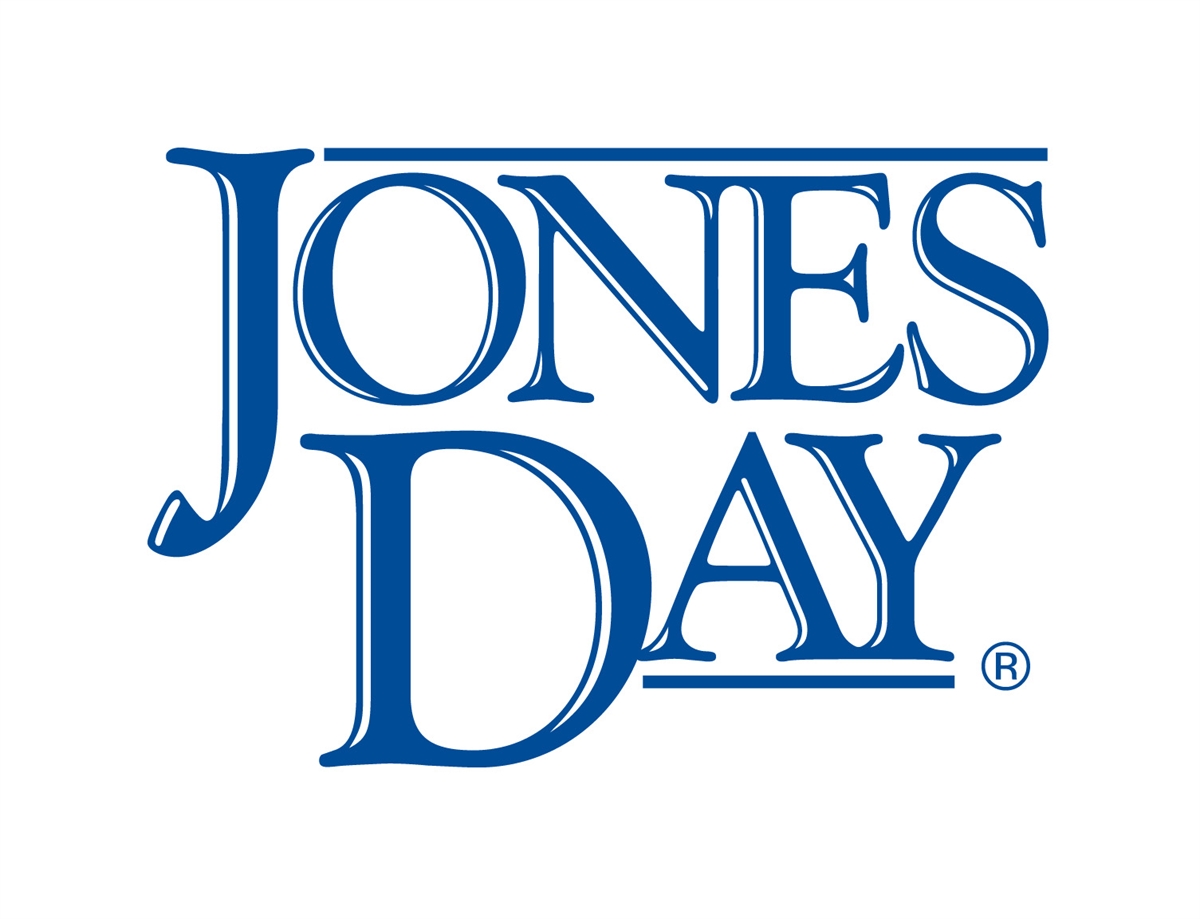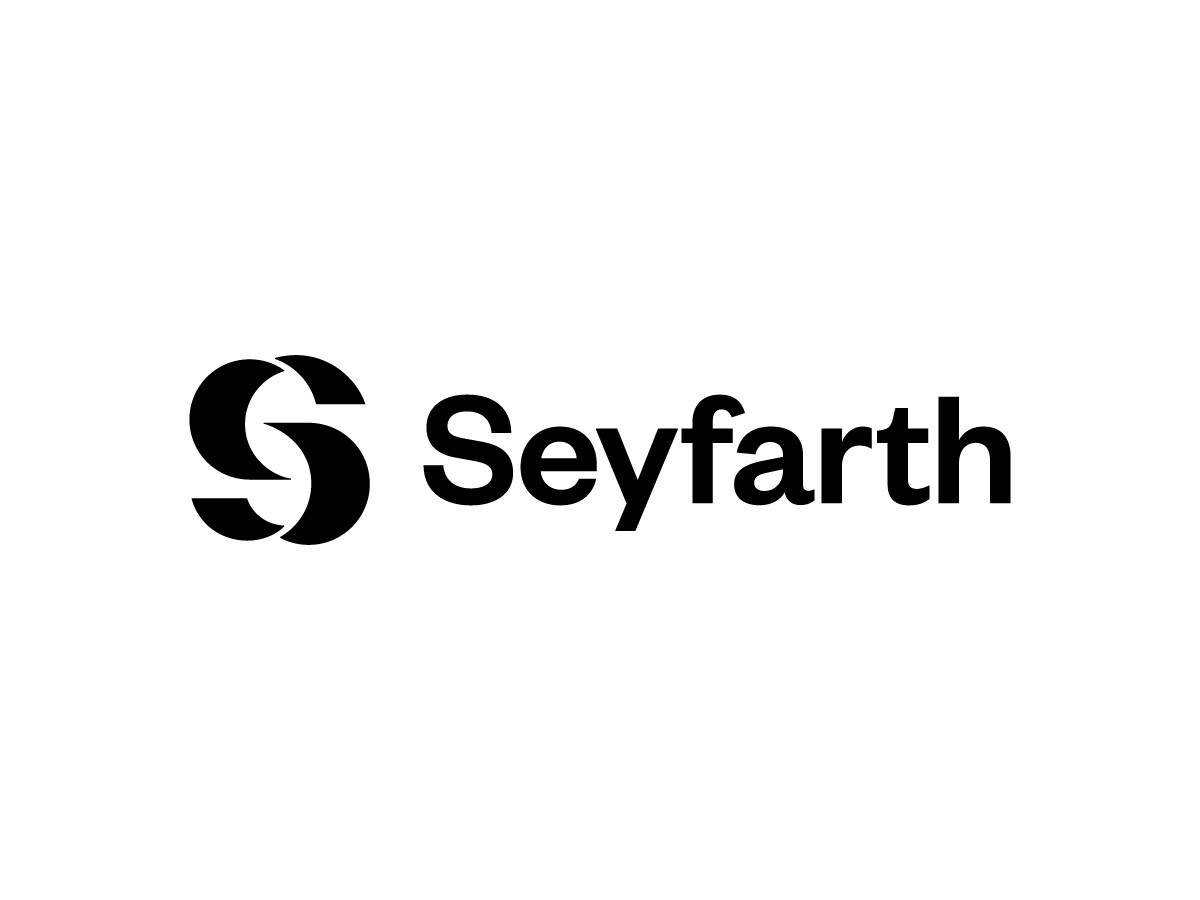The Road Ahead for Private Equity: Health Care & Life Sciences | Akin Gump Strauss Hauer & Feld LLP
Despite strong private equity interest in drug and device targets, policy changes in the healthcare industry have made the M&A market tricky to navigate. Healthcare has been one of the most active policy focus areas in 2023 and this ongoing policy activity has the potential to impact private equity investors in the industry.
Chief amongst them, the Inflation Reduction Act (IRA), enacted in August 2022, is fundamentally reshaping the landscape for investment in healthcare and life science businesses in the United States, introducing a wide range of new incentives and disincentives and – for the first time – the federal government setting drug prices through the unprecedented Medicare Drug Price Negotiation Program, in addition to new Medicare Part B and Part D inflation rebates, and Part D benefit redesign.
Inflation Reduction Act Implementation
Over the past 12 months, the US Centers for Medicare & Medicaid Services (CMS) has moved forward with implementing various price-setting provisions of the IRA and this remains an actively evolving landscape.
The commercial viability of commercial and pre-commercial pharmaceutical products therefore continues to be in a state of flux with continued uncertainty a big issue for those investing in developing and launching new medicines for patients.
CMS published multiple sub-regulatory guidance documents in 2023 as they implement the IRA statute in relation to drug pricing, giving some preliminary insight into how the agency intends to apply IRA’s price setting and drug rebate reforms.
August marked a particularly noteworthy IRA inflection point, with CMS unveiling the first 10 drugs that will be subject to the new Medicare Drug Price Negotiation program. Under this program, CMS designates certain high-spend, single-source drugs covered by Medicare for negotiating a “maximum fair price” with drug manufacturers. There have so far been at least 10 lawsuits launched, challenging the legality and constitutionality of the IRA in different courts across various states and adding further uncertainty around the reforms.
Adding to uncertainty around healthcare and life sciences investment, Congress and regulatory agencies continue to look at additional drug pricing reforms. For example, Congress is continuing to scrutinize the high list prices of certain drugs and the Biden administration has made lowering drug prices an administration-wide priority.
Separately, the IRA and CMS’s implementing memoranda also have flagged federal government funding of research and development as a factor to be assessed in setting prices of drugs that qualify for inclusion in Medicare’price setting program.
In addition, out of a concern for anti-competitive behavior that could inflate drug prices in the marketplace, the Federal Trade Commission (FTC) issued a policy statement threatening legal action against drug manufacturers who delay generic competition through the improper listing of patents with FDA’s “Orange Book” which protects drug products from generic challenge.
Uptick in scrutiny of PE in healthcare In addition to the wide-ranging impact of the IRA, we have seen Congress generally taking a closer look at business practices in the healthcare sector and considering reforms to address increasing consolidation and its impact on patient access and affordability.
The 118th Congress’ work on health care policy has included hearings and consideration of proposals related to imposing new disclosure requirements on healthcare entities owned by private equity and creating new non-compliance penalties.
While proposed private equity transparency provisions were not ultimately included in the latest related legislation to pass the House of Representatives, we can expect continued bipartisan focus on private equity ownership in the healthcare industry.
The concerns around consolidation and vertical integration across healthcare have also led to an unprecedented focus on the business practices of pharmacy benefit managers (PBMs).
As part of the Senate’s focus on drug pricing, it had PBMs testify at a hearing focused on the vertical integration of PBMs with insurers, pharmacy chains and others, as well as the flow of rebate dollars from PBMs to the insurers that are their customers. The bicameral, bipartisan interest in PBM reforms continues to grow and could result in further reforms to an already fast-changing drug pricing landscape.
In short, the ongoing Congressional interest in healthcare and life sciences remains highly dynamic, in relation to ownership, consolidation, and competition, as well as around the implementation of IRA price controls.
Right now, all of the cases challenging the IRA’s drug price setting provisions include constitutional challenges that could result in the law being stricken in its entirety. If the law is upheld (even in part), we can expect a second wave of litigation under the Administrative Procedures Act to challenge CMS’ implementation of IRA, further adding to the foreseeable uncertainty in this space.
On a parallel track, the Biden Administration has also taken on the issue of ownership in the provider sector, announcing in December a number of initiatives to look into consolidation, a decline in independent physician practices, and the potential for private equity investment to result in “aggressive profiteering…lead[ing] to higher patient costs and lower quality care.”
As a result, a number of initiatives are being undertaken including a cross-government inquiry into private equity investment in the sector including the DOJ, FTC and HHS; initiatives to focus on potential antitrust violations and anticompetitive effects of transactions in the sector, and requiring greater transparency of ownership of provider entities including hospital systems.
The current level of uncertainty and change in this space inevitably creates opportunities for smart investors, with the potential for new winners and losers. Those that stay close to the pace of regulatory change will be better positioned to navigate these complex and evolving considerations in 2024 and beyond.






